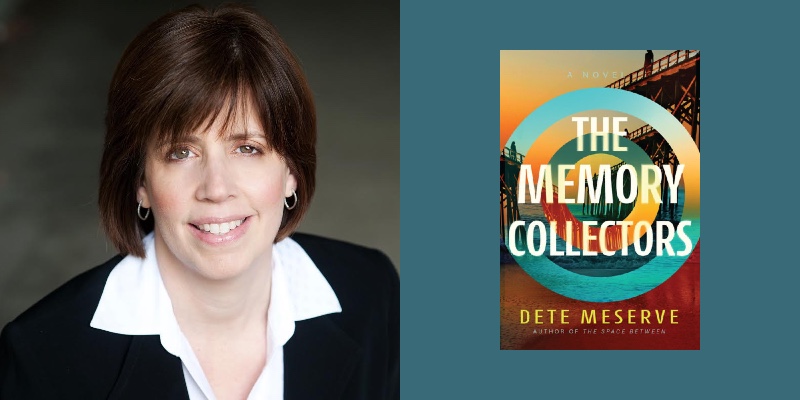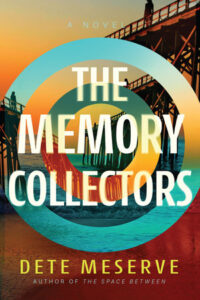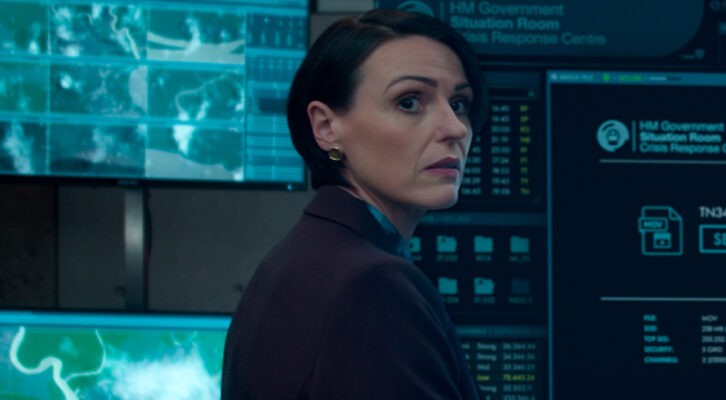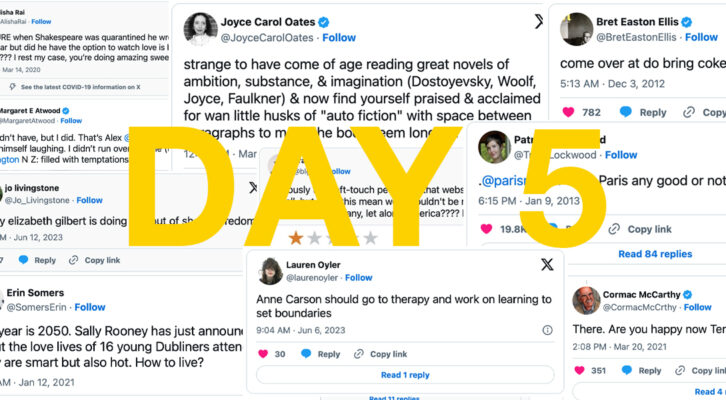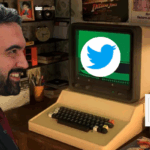The best detective in a mystery isn’t always the one with the badge. Sometimes it’s the wife who refuses to believe her husband committed suicide, the father who knows his daughter wouldn’t run away, or the friend who spots discrepancies in the official report. I’ve always been drawn to stories where personal loss transforms ordinary people into investigators, their grief and love driving a search for answers that professionals might never find. These accidental detectives bring something irreplaceable to the mystery: the intimate knowledge of what—and who—has been lost.
In my novel The Memory Collectors, we don’t know what the crime is in the beginning of the story. We only know that four people have experienced life-changing events. A mother has lost her son under mysterious circumstances, a man has become paralyzed after an accident, another is haunted by his girlfriend’s unexplained disappearance, and the fourth committed what they consider an “unforgivable mistake” that has caused lasting trauma.
How can any of these victims find a way forward?
Through Aeon Expeditions—the groundbreaking time travel invention created by Mark Saunders—they’re selected to spend time in their pasts. Not just to witness it, but to experience it in their own bodies with all the perspective from the present.
What makes this approach uniquely powerful is that time travel to the past affords those impacted by the crime an opportunity that real-world detectives never have: not just to sift through evidence after-the-fact, but to actually immerse themselves in their lives before the tragedy occurred. They can revisit conversations they barely registered at the time, notice physical details they once overlooked, and recognize patterns of behavior that seemed insignificant but now reveal themselves as crucial clues. This immersive witnessing transforms them from passive victims remembering fragments into active investigators experiencing the full context of what they missed.
Here’s how it unfolds in The Memory Collectors. Even though Aeon’s technology ensures that nothing they do in the past can alter the future, each character embarks on their journey with distinct motivations, seeking different forms of closure:
Elizabeth yearns to return to a moment with her son Sam before his mysterious death in a car accident left behind a string of unanswered questions: Why was he found on a deserted highway with a former drug dealer? Why was his own car parked miles away? What happened to the missing $3,000 and gun from the family’s safe? And why was the family’s motorboat stolen the same night and never recovered? In her time in the past with Sam, Elizabeth shifts from grieving mom to detective, noticing small but crucial details that slowly unravel the truth of what happened to him.
Meanwhile, Andy returns to the brief, intense romance he shared with his first love, Kate, who vanished without a trace, leaving him wondering if he’d been ghosted. At the time, he was too caught up in the thrill of falling in love to see that Kate was hiding parts of her life from him. Now, back in the past with her, he shifts from feeling like a jilted lover to investigator, uncovering secrets that explain her disappearance.
Logan wants to return to a time—any time—before an accident left him paralyzed. A traumatic brain injury wiped away much of what he remembers from the day, and for years, he blamed the driver who hit him. But now in the past, Logan discovers someone else was on the highway that night—and that far more was going on than he ever realized.
The fourth Memory Collector, Brooke, doesn’t seek answers from her journey to the past. She only wants a brief reprieve from the guilt of an “unforgivable mistake.” But stepping into the role of detective of her own life shows Brooke that her understanding of that night was incomplete—and the truth is more complex than she imagined.
As the four strangers—Elizabeth, Andy, Logan, and Brooke—relive their own pasts, they slowly come to realize that their lives are connected in ways they never imagined. Their tragedies are not isolated. All of their lives were shattered the same night, on a secluded highway by the beach in Ventura, California.
There is a powerful transformation that occurs when victims of tragedy become investigators of their own experiences. In The Memory Collectors, the characters are not just revisiting their traumas—they’re searching them, closely and relentlessly. For what they missed. For what they couldn’t see at the time. They examine ask questions they were too afraid to voice the first time around, and confront the people whose answers once were out of reach.
Like any investigation, the process is messy. Victims must sift through inconsistencies between the facts they think they know and the truth. But while trauma often isolates, in The Memory Collectors it becomes the catalyst for connection. Each of them holds only a piece of the truth. It’s only by coming together—sharing what they witnessed and what they know—that the full picture begins to emerge.
Though Aeon’s technology prevents them from changing the past, revisiting these moments changes the Memory Collectors themselves by giving them something they didn’t have before: understanding and connection. The shift from victim to detective isn’t just about identifying who is responsible for the crime. It’s also about seeing the chain of moments and decisions that led to a single, life-altering night.
That kind of meaning—personal and emotional—would be far more difficult to achieve in a traditional detective-led story. When the investigation is driven by victims and the people most affected, the pursuit of truth becomes more than procedural. It becomes personal. Transformative.
In the end, the Memory Collectors’ investigation leads to more than just answers. It leads to meaning. Forgiveness. Connection. And the hope that healing and growth are still possible—even when the past is unchangeable.
***

